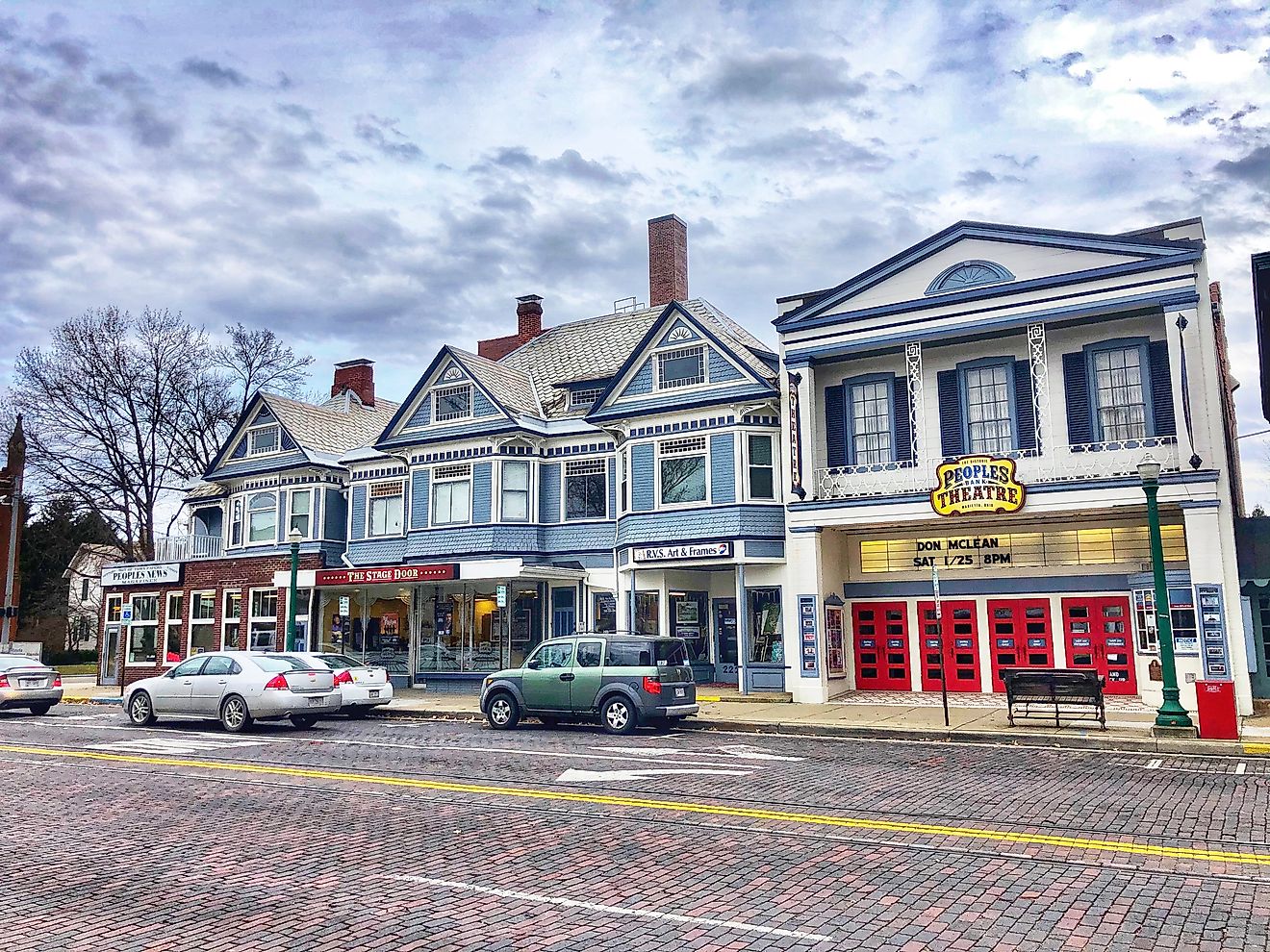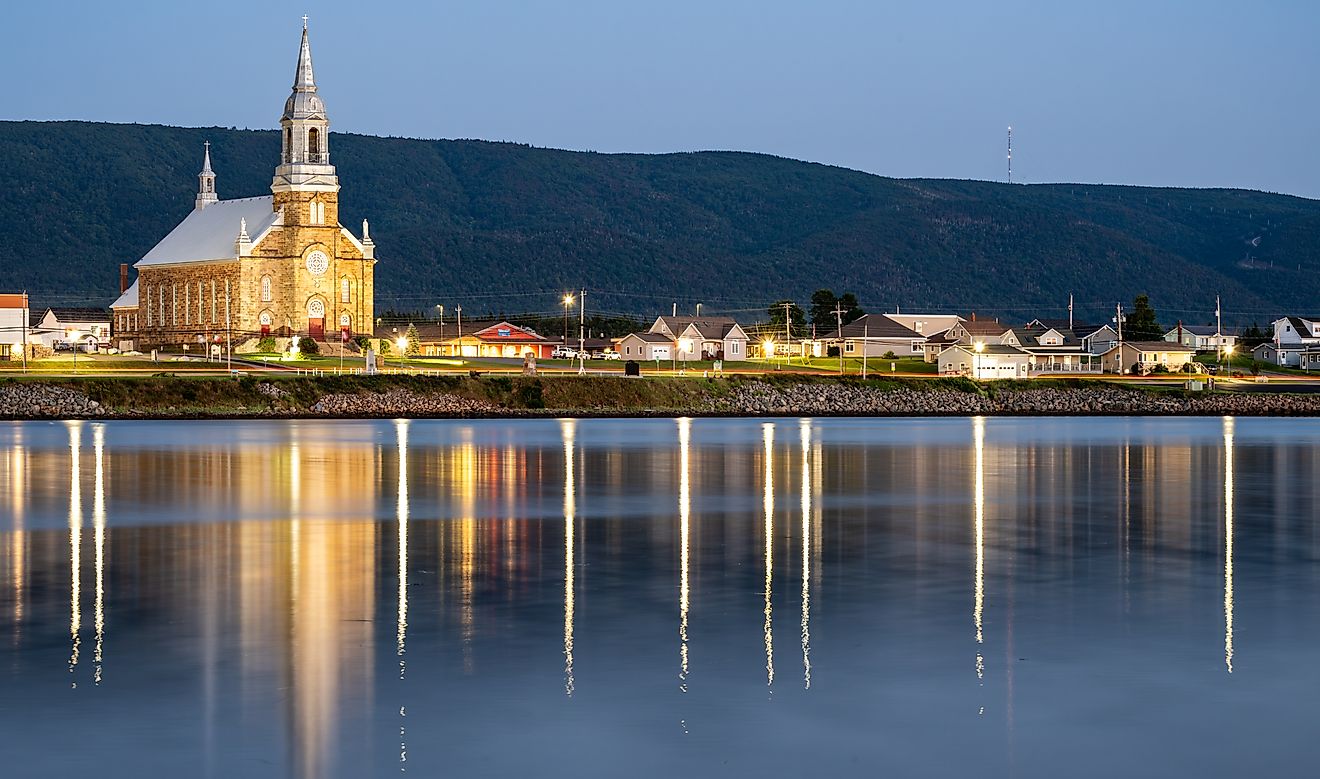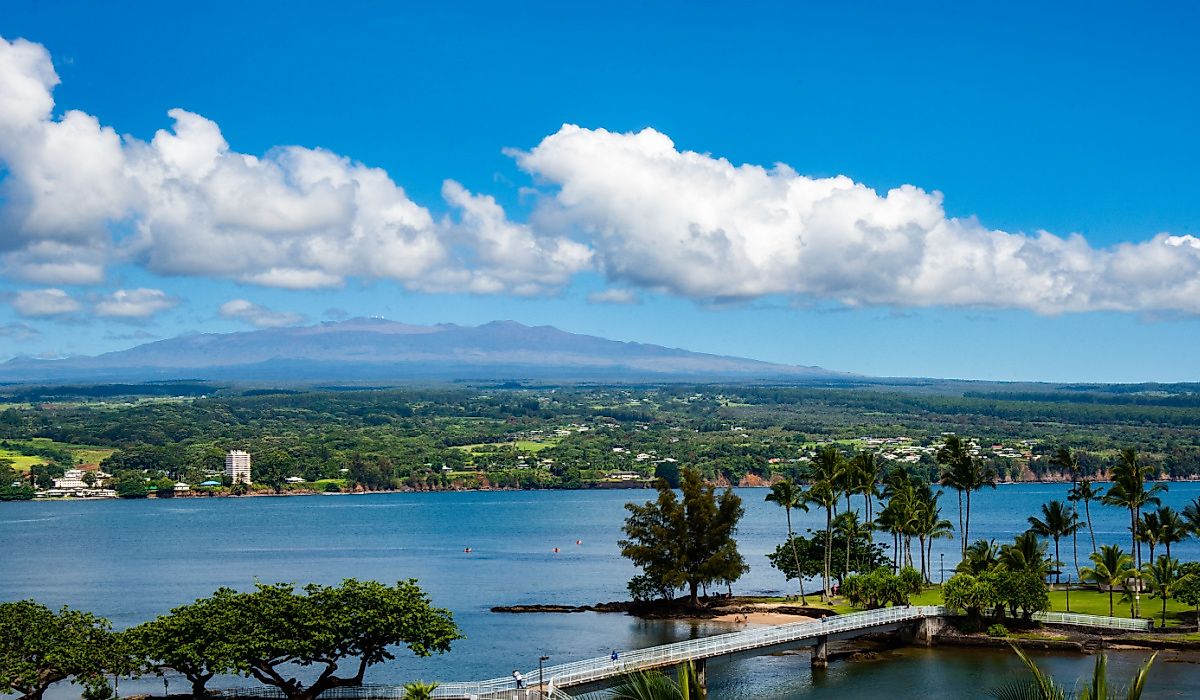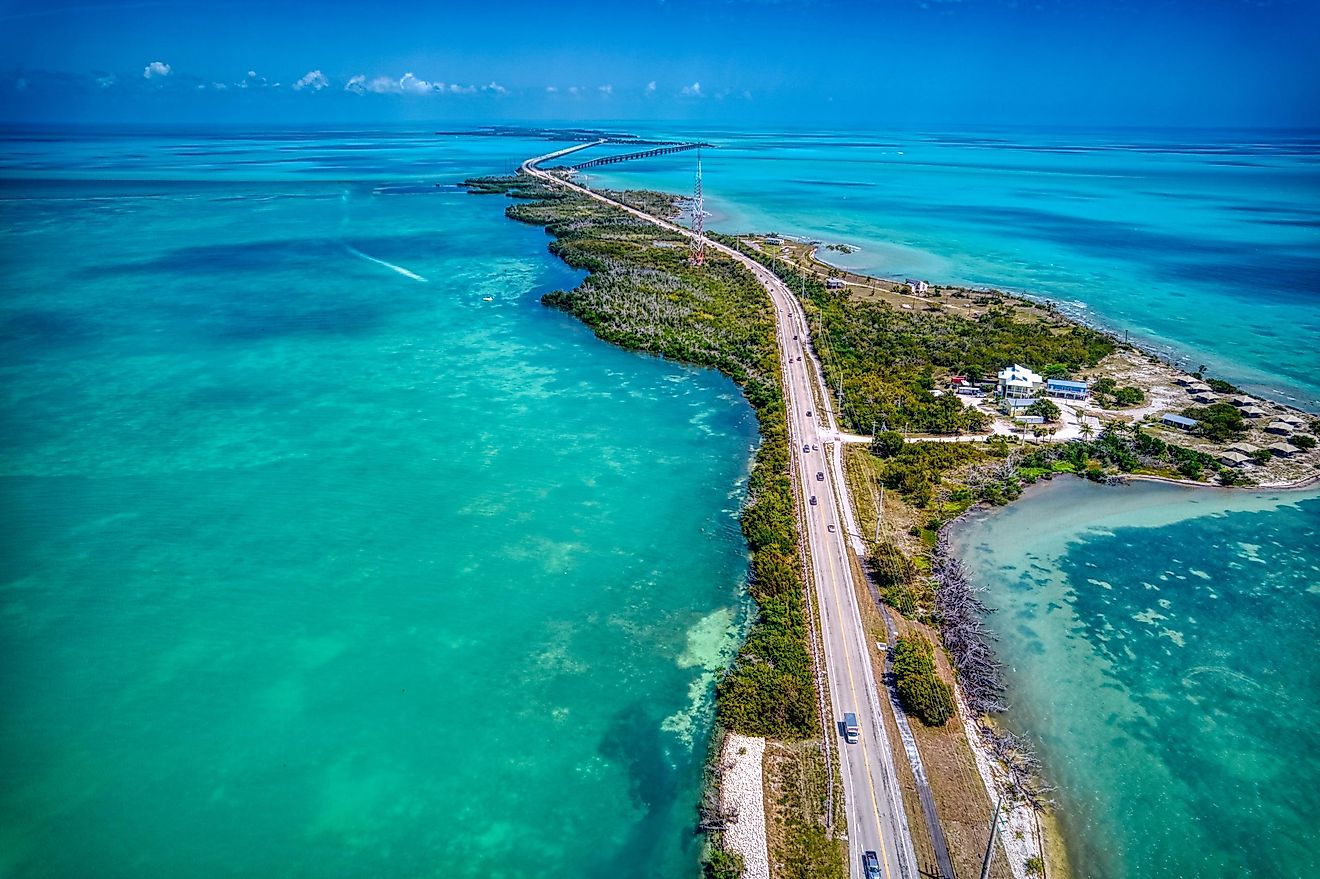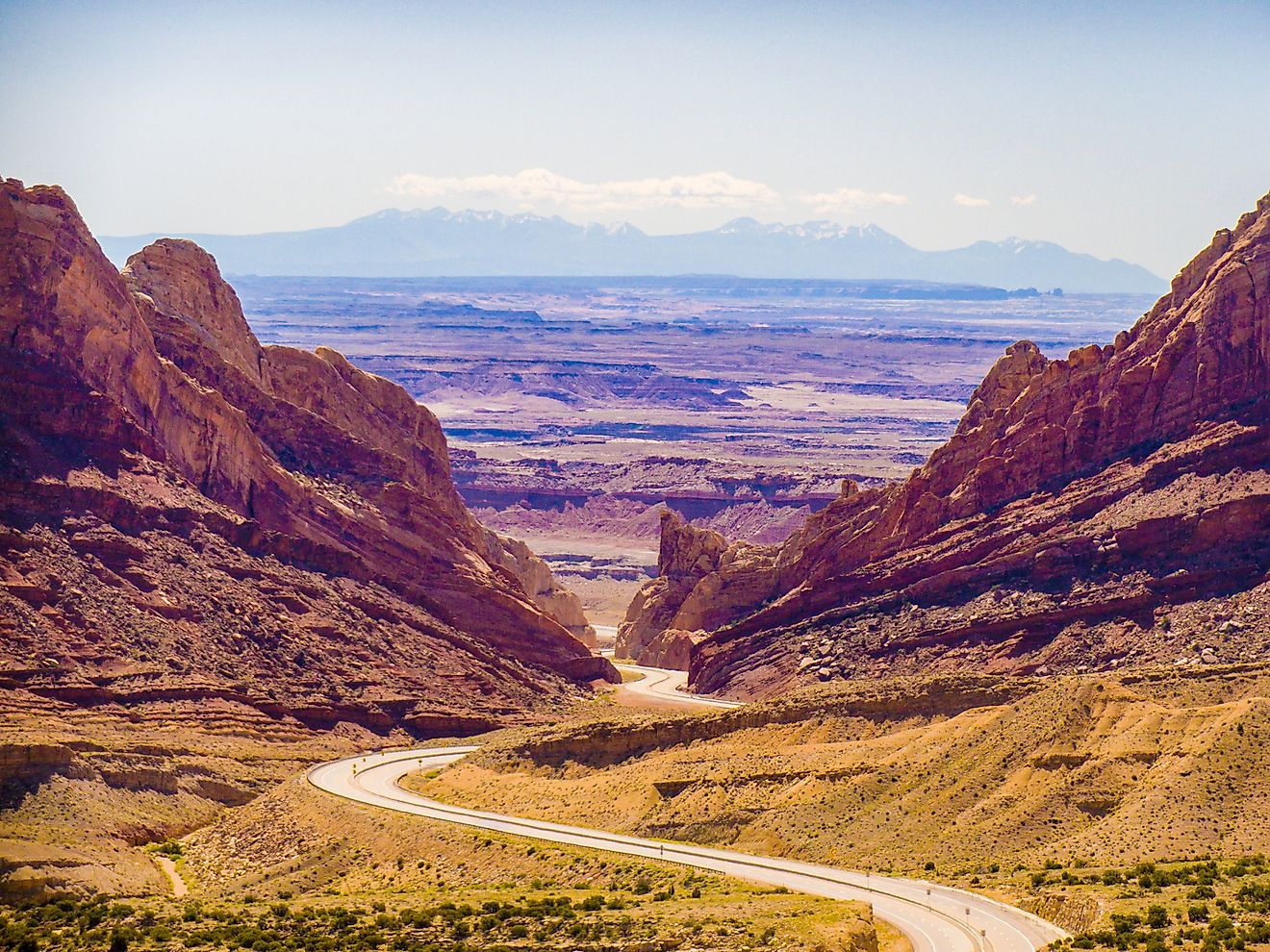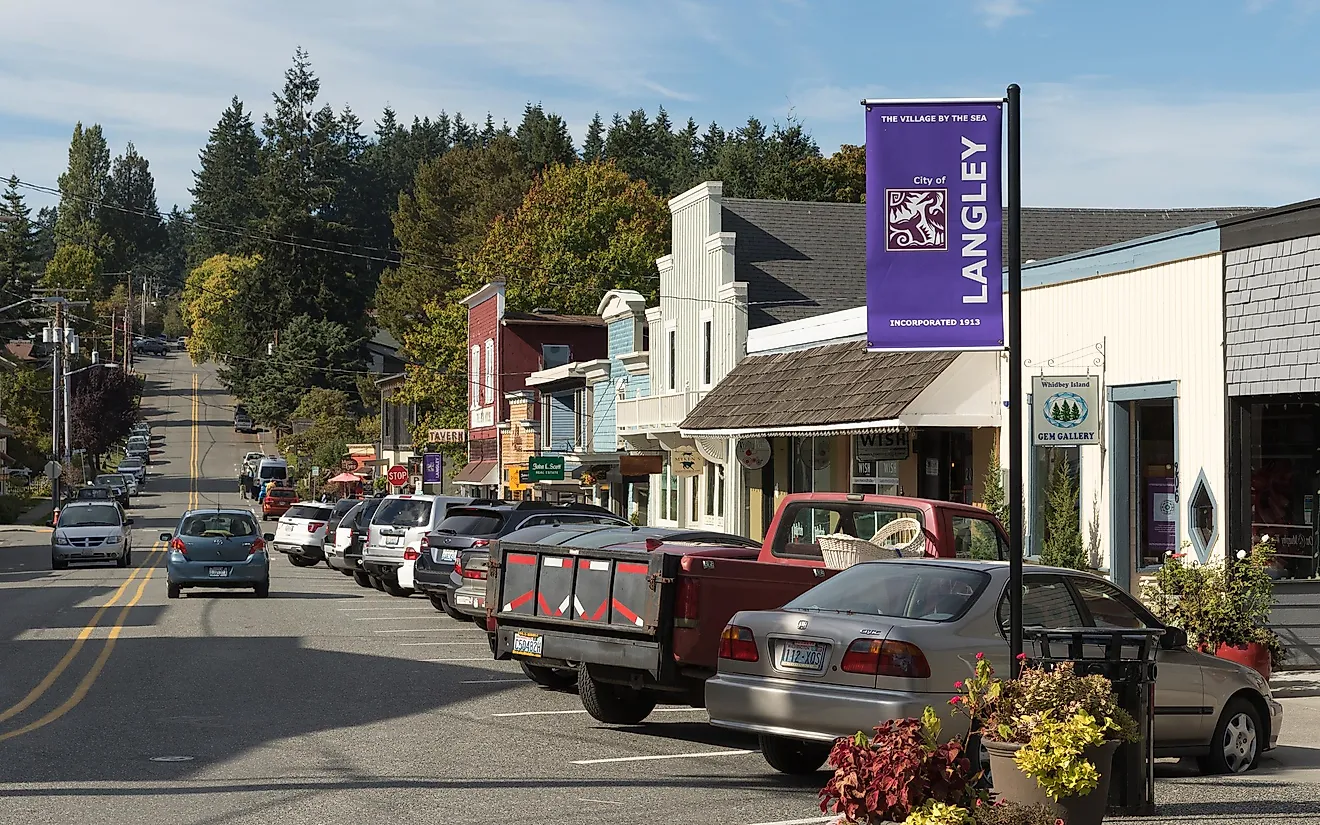Diwali - The Hindu Festival Of Lights

Description
Diwali, also known as Deepavali or the “Festival of Lights”, is a religious festival of the Hindus celebrated on the darkest new moon night in the Kartika month of the Hindu lunar calendar, coinciding with a date sometime in between mid-October and mid-November each year. The festival is celebrated in every part of the world that has a significant Hindu population and is a national holiday in countries like India, Fiji, Mauritius, Sri Lanka, and Singapore. The main feature of the festival is the lighting of homes, courtyards, temples, and other buildings using diyas (a type of oil lamps) or candles, a stark contrast to the darkness of the New Moon night, embodied as a symbol of victory of light over darkness and good over evil.
History
Numerous tales, legends, and bits of folklore are associated with the origins of the Diwali festival. The festival also finds mention in many ancient Hindu texts and scriptures. One of the most popular legends related to Diwali is based on the return of Lord Rama, a Hindu royal back to his kingdom in Ayodhya, 14 years after he was exiled by his father, King Dasharatha, as part of an evil scheme by one of his step-mothers. He was accompanied by his loving wife Sita and brother Lakshmana. When they returned back, Rama, a popular royal among the subjects of his kingdom, was received with great joy and the entire city was lit up with lights to welcome him to the kingdom. The ancient Sanskrit scriptures, dating back to the 1st Millennium AD, like the Skanda Purana and the Padma Purana, also mention the Diwali festivities. The Katha Upanishad, the Sanskrit play Nagananda, and accounts of ancient travelers to India also describe Diwali celebrations in India.
Rituals and Festivities
Diwali celebrations typically last for five days though there are vast regional variances in celebration in different parts of India. Days before the festival, people start cleaning their homes, repainting the walls and repairing the damaged sections of the home and furniture. The first day of the festival begins with the celebration of Dhanteras, a period when people decorate their floors with colorful floral designs called rangolis, external lighting arrangements, and flowers. People also celebrate the birth of the Goddess Laxmi, the Hindu Goddess of wealth and prosperity and engage in shopping for gold and silver ornaments. The second day, known as the “Choti Diwali” is associated with decorations, ritual bathing, and the preparation of homemade sweets. The main day of Diwali is the third day when, on the new moon night, the homes and streets are decorated with oil lamps and candles, firecrackers are burst and Hindu gods and goddesses like Lord Ganesha, Goddess Laxmi, Kali, and Saraswati, and others are worshiped depending on the regional customs of Indian states. Sweets are distributed among friends, families, and neighbors as goodwill gestures. Children and adults in the neighborhood get together in open spaces to burst crackers and have fun. The next day celebrates the precious relationship between husband and wife and both gift each other their desired objects, and women are often invited with their husbands to their parental homes for family feasts. Many shopkeepers and traders also close down their old accounts on this day, treating it as a new year, restarting fresh with blessings from Goddess Laxmi. The last day of Diwali celebrates another treasured relationship: that between the brother and the sister. Brothers and sisters engage in rituals where the sister prays for the well-being of the brother while the latter promises to take care of his sister during her hard times.
Safety and Environmental Concerns
Like all other major festivals of the world, Diwali is associated with some safety and environmental concerns. If mishandled, some fireworks might inflict burn injuries to the person handling the firework. Children are also advised to be constantly kept under adult supervision during the fireworks ceremony. Environmentalists also warn against the noise and air pollution generated as a result of fireworks throughout the country. Birds, dogs, and cats are usually disturbed by the noise created by bursting crackers. The aged and those with heart problems also might be adversely impacted by the noise. This has led to strict regulations being implemented throughout the country to curb noise pollution and crackers that produce loud sounds are banned in many places. The day after Diwali, the air is heavily loaded with particulate matter generated as a result of bursting crackers though this polluted state of the air prevails for only about 24 hours.
Cultural Significance
Diwali brings happiness to those celebrating this “festival of lights”. People reserve time for their friends and families during this time, community feelings strengthen as people come together to enjoy the celebrations, relationships are nurtured by the various rituals of Diwali, and love and togetherness blooms during this festival. Diwali keeps the unique legends, mythology, tradition and cultures of Hinduism alive. Jains, Sikhs, and Buddhists also celebrate the festival in their own distinct way, supported by their own beliefs and legends. The lights in the dark night inspire people to seek true knowledge, to develop and broaden their minds and discover the path of truth and benevolence.






